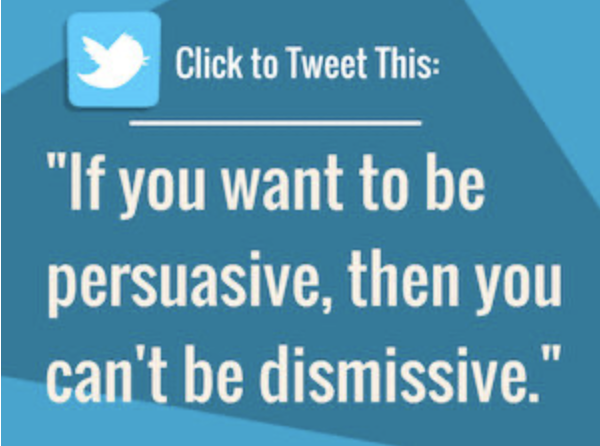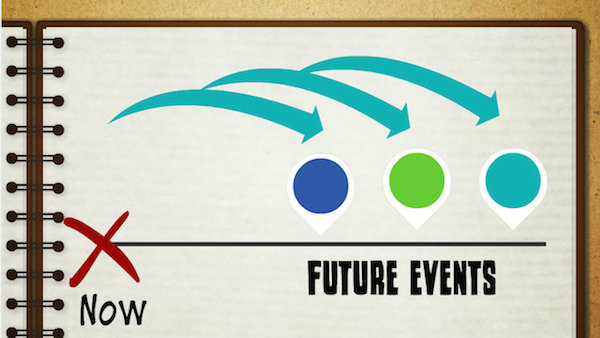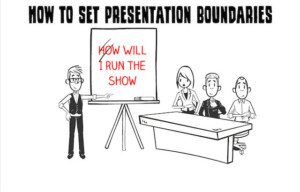I believe that you can be more persuasive, especially when armed with storytelling, strong language patterns, and confidence. I use this Magnetic Speaking Blog to address all of the above. Today, I want to focus on “persuasive language patterns,” specifically, “The King” of all language patterns: Future Pacing.
It’s a pattern I learned while studying Neuro Linguistic Programing (NLP). A pattern used by top communicators like Bill Clinton, Martin Luther King, Tony Robbins, and much more. It’s a simple technique that can have a significant impact on your ability to persuade others.
This technique helps your audience visualize a new future. If your audience can’t imagine your vision, then the audience will not buy into it.
Future pacing helps your audience visualize and live the vision for a brief period. To be a persuasive speaker, you have to communicate with your audience in a way that will help them imagine and experience what you are speaking about.
Whether it’s a vision you want to rally people around, a product you want to sell, or a new procedure you want to persuade people to adopt. It’s imperative to “future pace” your audience before they leave your presentation if you want to make sure they are on board.
Here is how to future pace your audience in three steps:
1. Acknowledge where they are at right now
If you want to be persuasive, then you can’t be dismissive.

People have a need to feel important, and the first step towards influencing them is to acknowledge their current position. Otherwise, they will resist you.
You can’t dismiss what they have built so far or devalue their contribution up to this point.
Imagine that you are the CTO of a company and want to move the company to a new infrastructure. The old infrastructure was used for years and built a massive multimillion dollar brand. The new infrastructure is needed for future success. You can’t talk to the developers and tell them that what they have built so far is “crap.” They will resist you and despise you. You have to acknowledge what they have built before you make your case for the new infrastructure.
If you are selling product X (this, of course, does not have to be a product: it could be a concept, idea, project, vision, etc.), your audience could be in one of these positions:
– One, they have never heard of you or your product before.
– Two, they have heard of your product, and now they are considering it.
– Three, they bought your product and now they want to take it to the next level.
– Four, they like where they are at now and don’t like the new way you are proposing.
Before you future pace them to the next level, you have to acknowledge where they are at right now.
Example:
Here is a word-for-word example of recognizing your employees and colleagues before future-pacing them into a new way of doing business:
“I know that a lot of you worked hard to get us where we are now, and I appreciate all of your hard work (notice how I am acknowledging them and not putting them down). And now we have to think about the next steps towards taking our company to the next level. Achieving new heights will require us to take a different approach which will be both challenging and rewarding.”
To future pace your audience, you must acknowledge where they are at right now. The language changes based on what you are trying to persuade the audience to do; the structure remains the same.
2. Future Pace
Take your audience to a particular event in the future where they are utilizing or applying what you are sharing with them. If this is a product, then you want to take them to time in the future when they are using the product and to reap the rewards and benefits from it.
To future pace, you need to use the word “imagine” and a clear time frame.
Use the following formula:
Imagine, (fill in a particular time) from now …
Here are some examples of future-paces:
- Imagine, ten days from now you are driving to work in a brand new Tesla. (The future event is driving the car to work and the ten days is the time).
- Imagine, a week from now you are using the Future Pace Pattern in your presentation and elegantly influencing your audience to your way of thinking. (The future event is utilizing the Future Pacing Pattern in your next presentations, and the time is a week).
- Imagine, that a few months from now our software users can access their software on all of their devices (The future event is the users accessing software on all devices and the time is few months).
3. Post Acknowledgment
In the same way that people like to be acknowledged for where they are at, they also like to be recognized for where they end up. I know that this might be hard to do because the future event has not happened yet. To be persuasive, you have to commit to the future outcome and communicate as if it’s inevitable.
After you take your audience to the future and have them experience one event, you have to celebrate it a little for them and acknowledge them for getting there even if in thought.
Here are examples of a post-acknowledgment
- That would be great!
- That would be a huge accomplishment for our team!
- That would be a new level of performance.
- That will make our company even more successful.
Conclusion:
Those were the three steps of a future-pace pattern. At this point, you know what the pattern is, and you might be thinking of applying it (acknowledgment).
It will take some thinking at first but the more you use the pattern, the easier it becomes. Imagine, a week or a month from now you have to propose a new feature, a new concept, or a new design in your organization, and you find yourself using the future pace pattern with ease and elegance to persuade your audience (future pace). That would be a huge step towards the more persuasive you (post acknowledgment).
Hope this is helpful. Would love to see what you think in the comments below!


